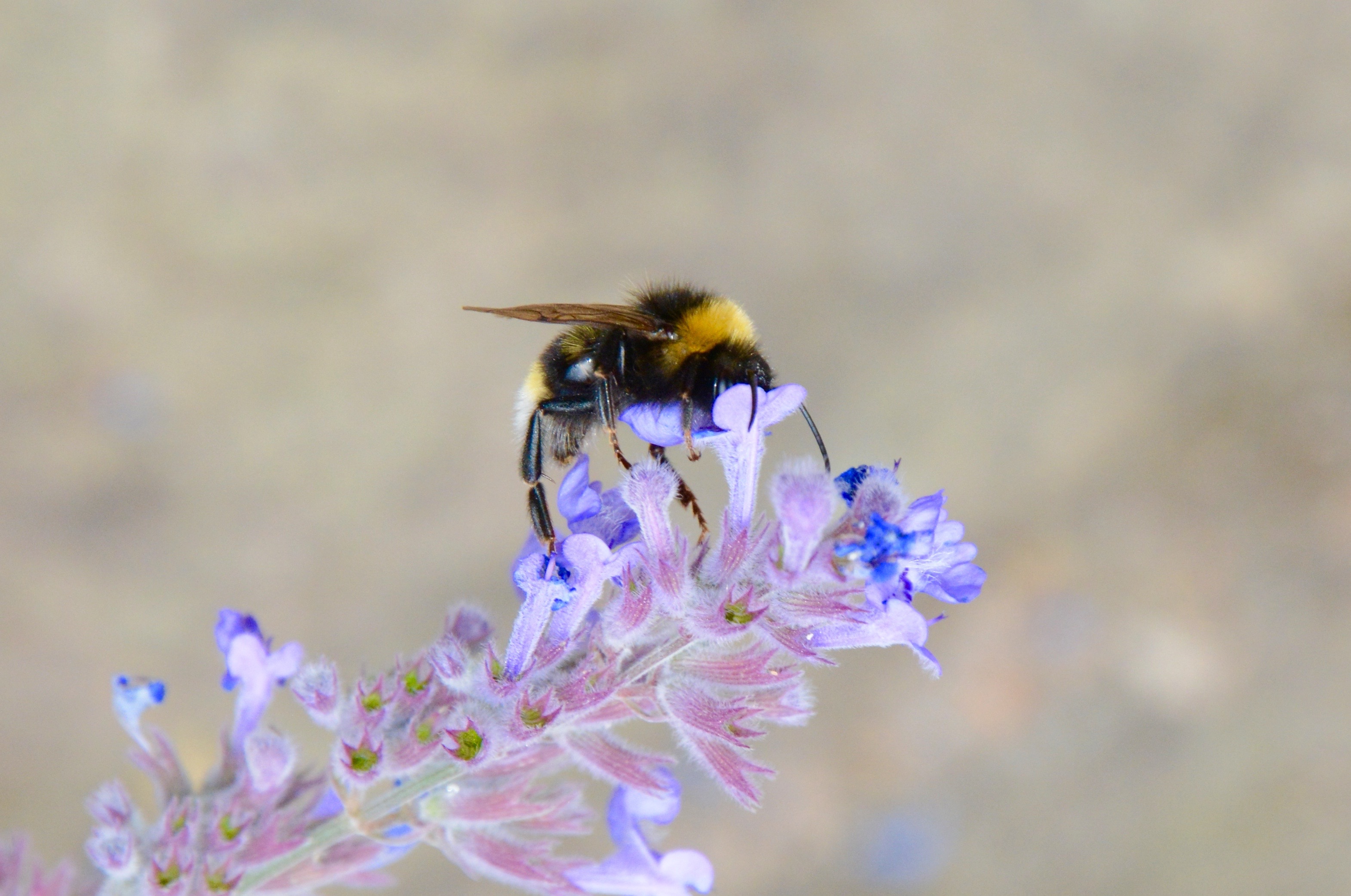Heat waves are wiping out bumblebees

Bumblebees are vanishing from huge swaths of their historic range, particularly in regions that have gotten really hot in recent years. And they’re not mass migrating into cooler areas, raising troubling questions about the resilience of these crucial plant pollinators in a rapidly warming world.
Local extinctions: By comparing records for 66 bee species across two periods—1901–1974 and 2000–2014—researchers found that the probability of bees still occupying any given site fell 46% in North America and 17% in Europe, according to a new study in Science. “If declines continue at this pace, many of these species could vanish forever within a few decades,” lead author Peter Soroye, a doctoral student at the University of Ottawa, said in a statement.
The driver: The major factors appeared to be how often and by how much temperatures exceeded historically observed limits for these species. Indeed, the frequency of extreme heat waves seems to matter more than increases in average temperatures. Other scientists have argued that diseases, parasites, pesticides, and habitat loss are also factors, potentially creating “combined stress” that’s driving the die-off of bees around the globe.
Plasticity: Species can often adjust to shifting conditions up to a point, by altering their behavior or relocating to different areas or elevations. But an accompanying Science piece by University of Bristol researchers said the new study highlights the constraints on this “plasticity,” even for winged species that can cross highways or towns to reach cooler northern regions. “As climates exceed these critical limits, the widespread declines now observed for bumble bee species will manifest in more and more organisms and places,” they wrote.
Deep Dive
Climate change and energy
The problem with plug-in hybrids? Their drivers.
Plug-in hybrids are often sold as a transition to EVs, but new data from Europe shows we’re still underestimating the emissions they produce.
Harvard has halted its long-planned atmospheric geoengineering experiment
The decision follows years of controversy and the departure of one of the program’s key researchers.
Why hydrogen is losing the race to power cleaner cars
Batteries are dominating zero-emissions vehicles, and the fuel has better uses elsewhere.
Decarbonizing production of energy is a quick win
Clean technologies, including carbon management platforms, enable the global energy industry to play a crucial role in the transition to net zero.
Stay connected
Get the latest updates from
MIT Technology Review
Discover special offers, top stories, upcoming events, and more.